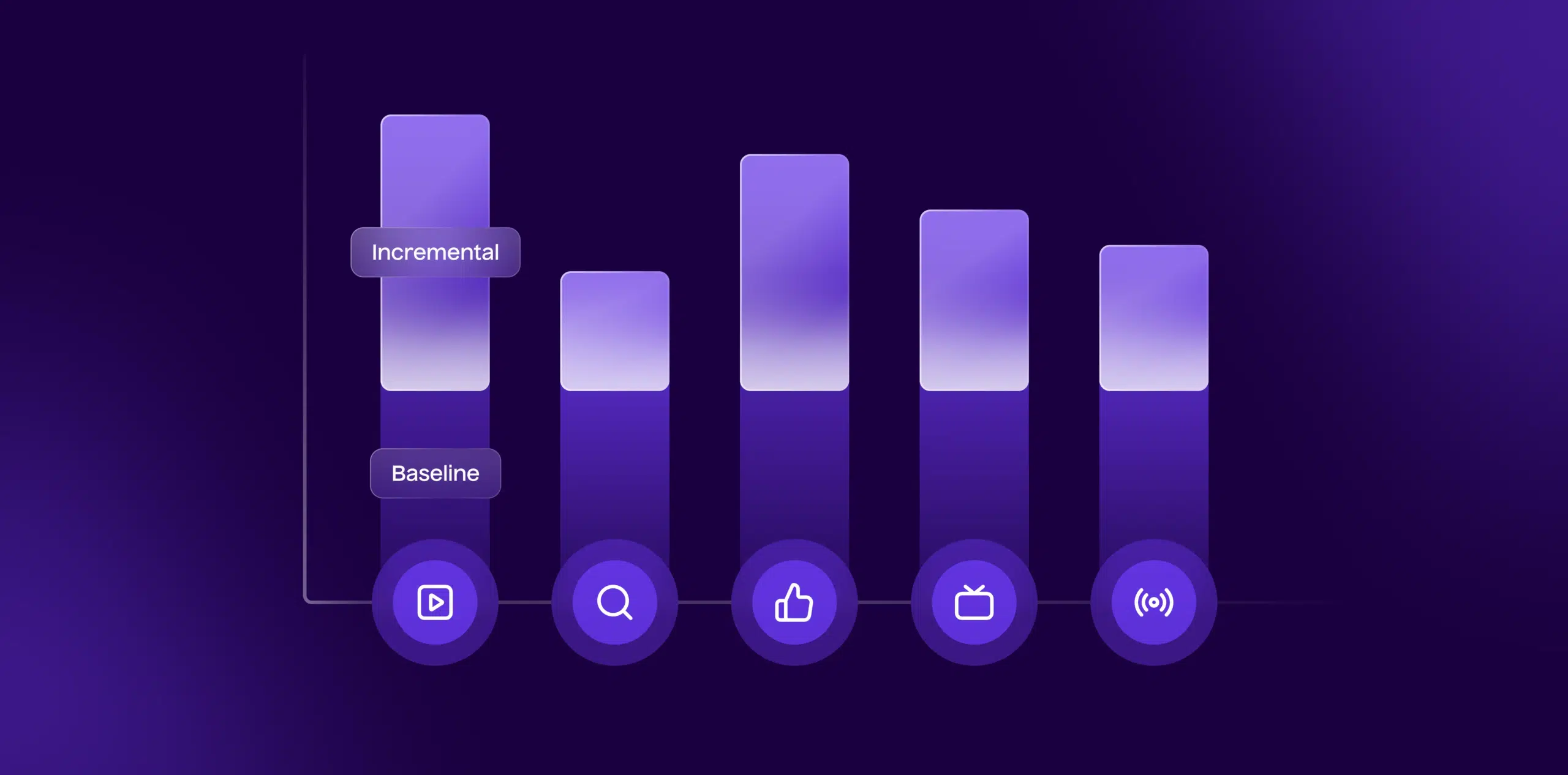
Introduction
Tracking campaigns in Google Analytics is essential for understanding the effectiveness of your marketing efforts and measuring the ROI of your various advertising channels. By accurately tracking campaigns, you can identify which channels drive the most traffic, conversions, and revenue, enabling you to optimize your marketing strategies for better results. In this comprehensive guide, we’ll walk you through the step-by-step process of tracking campaigns in Google Analytics, empowering you to gain valuable insights into your marketing performance and make data-driven decisions to drive success.
Step 1: Understand Campaign Tracking Parameters
Before diving into the tracking process, it’s crucial to understand the key campaign tracking parameters used in Google Analytics. These parameters include UTM parameters such as source, medium, campaign, term, and content. Each parameter provides valuable information about the source of traffic and the context of the campaign.
Step 2: Set Up UTM Parameters
To track campaigns accurately, you need to append UTM parameters to the URLs of your marketing materials, including ads, emails, social media posts, and landing pages. Use Google’s Campaign URL Builder tool or manually add UTM parameters to your URLs, ensuring consistency and accuracy in tracking.
Step 3: Create Unique Campaign URLs
Generate unique campaign URLs for each marketing channel, campaign, and variation to differentiate traffic sources and measure their performance individually. Be descriptive and organized when naming your campaigns to easily identify them in Google Analytics reports.
Step 4: Implement Tracking Codes
Once you’ve created your campaign URLs with UTM parameters, implement tracking codes on your marketing materials to capture campaign data accurately. Ensure that the Google Analytics tracking code is installed on all pages of your website to track user interactions and conversions effectively.
Step 5: Monitor Campaign Performance
After launching your campaigns, monitor their performance in Google Analytics by navigating to the Acquisition > Campaigns section. Here, you’ll find detailed reports on traffic, conversions, revenue, and other key metrics attributed to your campaigns. Analyze the data to identify top-performing campaigns and areas for improvement.
Step 6: Analyze Campaign Attribution Models
Google Analytics offers various attribution models that determine how credit for conversions is assigned to different marketing touchpoints. Analyze the performance of your campaigns using different attribution models to gain insights into their impact on conversion paths and customer journeys.
Step 7: Track Multi-Channel Funnels
Use the Multi-Channel Funnels reports in Google Analytics to understand the role of different marketing channels in the conversion process. These reports show how users interact with multiple channels before converting, providing insights into the effectiveness of your cross-channel marketing efforts.
Step 8: Set Goals and Conversions
Define specific goals and conversions in Google Analytics to track the success of your campaigns in driving desired actions, such as form submissions, purchases, or newsletter sign-ups. Set up goal tracking to measure conversion rates and evaluate campaign performance against your objectives.
Step 9: Optimize Campaigns Based on Data
Use the insights gathered from campaign tracking to optimize your marketing efforts. Identify underperforming campaigns and channels, reallocate budget to high-performing ones, and refine your targeting, messaging, and creatives to improve overall campaign effectiveness.
Step 10: Continuously Iterate and Improve
Campaign tracking in Google Analytics is an ongoing process that requires continuous monitoring and optimization. Regularly review campaign performance, test new strategies, and iterate based on data-driven insights to drive continuous improvement and maximize ROI.
Summary
Tracking campaigns in Google Analytics is essential for measuring the effectiveness of your marketing efforts and optimizing your strategies for better results. By following the step-by-step guide outlined above, you can accurately track campaigns, gain valuable insights into their performance, and make informed decisions to drive success in your marketing initiatives.
Free essential resources for success
Discover more from Lifesight















